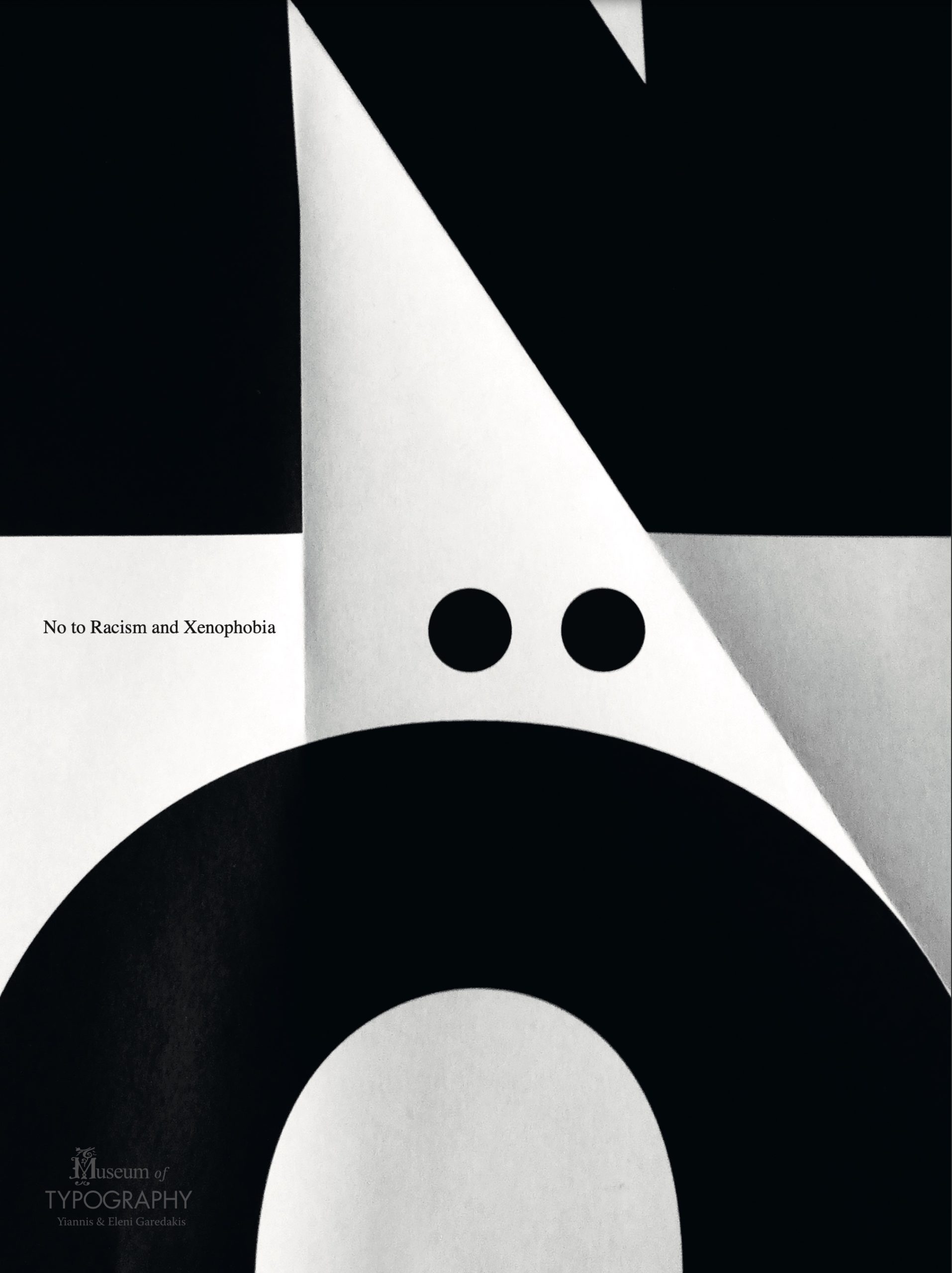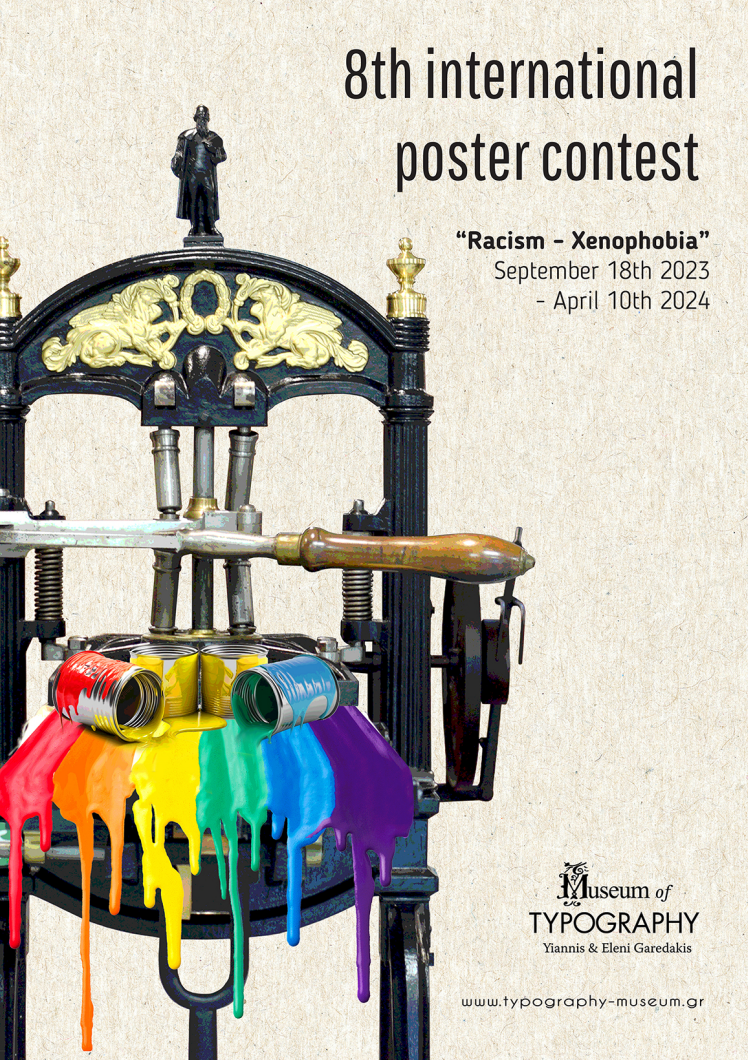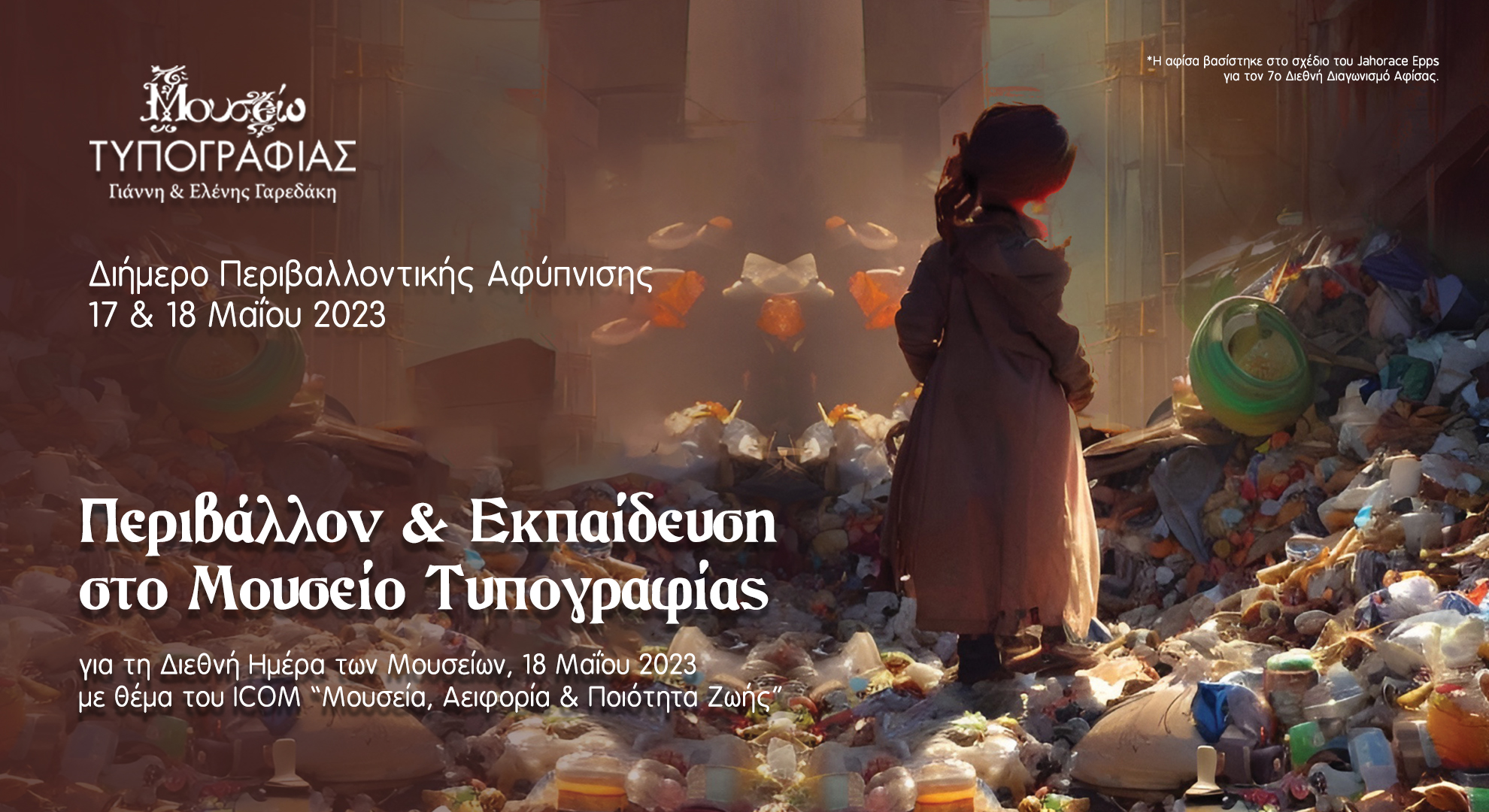Aepm annual conference 2017
Aepm annual conference 2017
11-13 May 2017
The Museum of Typography
Chania, Crete (Greece)
Making history:
Collections, collectors and the cultural role of printing museums
The conference will look at various questions concerning the ways in which collections of printing heritage materials become museums:
- how is printing heritage transmitted from one generation to the next?
- who collects printing heritage materials?
- what motivates founders of printing museums?
- how do collections become museums?
- what forms do independent printing museums take – associations, foundations, privately-owned companies?
- how are collections made available to the public?
- what challenges face independent collections and printing museums?
It will take place from 11 to 13 May 2017 at the Museum of Typography, with sessions at the Centre for Mediterranean Architecture (located on the old harbour front of the town of Chania), the Mediterranean Agronomic Institute and the Regional Press Institute (a purpose-built conference centre in the beautiful Crete countryside, a 20 minute coach ride from the town).

Centre of Mediterranean Architecture, also known as the Grand Arsenal, on Chania’s old harbour front.

The Regional Press Institute.
Hosted by the Museum of Typography, an independent printing museum at Chania on the beautiful island of Crete, it will also offer an ideal opportunity to discover some aspects of Greek printing heritage with the help of several distinguished invited speakers:
Yiannis Garedakis, founder of the Museum of Typography (Greece)
Introduction
Yannis A. Phillis, Technical University of Crete (Greece)
Printing museums: records of civilization
Alan Marshall, AEPM, former director of the Musée de l’imprimerie et de la communication graphique (France)
How print became heritage: 150 years of printing museums
Konstantinos Staikos, architect, book historian and researcher (Greece)
Practising Greek Typography (15th – 18th century)
Georgios D. Matthiopoulos, Technological Educational Institute of Athens (Greece)
The Grecs du roi meet early Cretan literature in a Street Art performance throughout Crete: a school project
Gerry Leonidas, vice-president of ATypI, associate professor at the Department of typography and graphic communication (UK)
Research-based design: integrating archives in a practice-based discipline
Guy Hautsebaut, in charge of the collections of the Plantin-Moretus Museum (Belgium)
Museum Plantin-Moretus: storytelling for a new audience with respect for a fragile collection
Jürgen Bönig, chair of the Zeichen der Welt e.V. (Germany)
From collection to museum: J. J. Augustin Glückstadt, Hamburg, New York
Patrick Goossens, collector of historica printing equipment and independant scholar (Belgium)
Collecting and the true craft of historic printing technology
Klimis Mastoridis, University of Nicosia (Cyprus)
Making (printing) history in Cyprus: a museum waiting to be made?
Niki Sioki, University of Nicosia (Cyprus)
Outside the printing museum: printed ephemera in Cyprus local museum collections
Sonja Neumann, Deutsches Museum Munich (Germany)
Printing heritage and the information age: collecting, preserving and exhibiting as a future challenge for printing museums
Sue Walker, Department of typography and graphic communication (UK)
Using the archive: material aspects of text
Anastasios E. Politis, Hellenic Union of Graphic Arts and Media Technology Engineers (Greece)
Typography revisited: the importance of typography in modern visual communication
Practical information
The Museum of Typography is located in the small town of Souda, a suburb of Chania in Crete (Greece).
Park of Local Industries Building, 13-03
Souda GR-73200
Phone: +30 28210 80090
Email: info@typography-museum.gr
Chania
The city of Chania is built on the ruins of ancient Kydonia, which according to mythology was founded by king Kydon, son of Minos.
Kydonia, up to the late 7th century A.D., was one of the most important cities of Minoan Crete and its harbour was the crossroad of three Continents.
Through the ages the city was conquered by Romans, Byzantines, Venetians, Turks, Egyptians, and Arabs, until the end of the 19th century, when Crete became autonomous. Chania – as well as the rest of Crete – was liberated and united with independent Greece in 1913.
Chania’s wonderful mixture of Eastern and Western civilisations can be discovered in the alleys of the old city and the emblematic Venetian Port.
Getting to Chania
Flying
The nearest airport is Chania international airport, 10 km from the city of Chania. It is served by Aegean Airlines, Ryanair, Transavia, Easyjet, Germanwings, SAS etc. ( See more direct flights to Chania here )
The airport is served by public bus regularly. The duration of the trip to the city centre is 30 minutes and costs 2,5 euros.
The other airport is Heraklion international airport, the largest in Crete, which is located 180 km from Chania, and is served by Aegean Airlines, Austrian, Easyjet, Transavia, Germanwings, etc. From Heraklion, there is Public Bus every hour, the duration of the trip is approximately 3 hours and costs 15,10 euros.
If no convenient direct flights are available to the Cretan airports, there are many flights to the largest airport in Greece, Athens international airport. From there you can take a transfer flight to Chania Airport with Aegean Air or Ryanair.
It is well worth lookng into the cost of flights early as May is already the beginning of the tourist season. Booking well in advance can be advantageous, as can last minute deals if airlines put on extra flights to cope with demand. But there are no hard and fast rules…
By sea
You can also take the ferry from Athens (port of Piraeus) to Chania (port of Souda), using Anek Lines or Blue Star Ferries. The ship departs daily at 21:00 and arrives at Chania at 06:00. There is local bus service from the port of Souda to the city centre every 20 minutes and it costs 2 euros.
Hotels
Accommodation is not included in the conference fee. But the conference organisers have made special arrangements with four hotels at the city centre of Chania, for the period 11/5 – 14/5/2017. The special conference rate for a room includes breakfast and all the taxes.
Reservations can be made by phone or email mentioning the name: “AEPM 2017” and the offer is valid until 18/04/2017.
Arkadi Hotel
1866 Square, Chania Town, Crete, 73100, Greece
tel.: +30 28210 90181, 92801, 92418
fax: +30 28210 94034
info@arkadi-hotel.gr
http://www.arkadi-hotel.gr/
The special rates are: Single room 50 €, Double room 60 €, Triple room 70 €
Kriti Hotel
Nikiforou Foka & Kiprou
73100, Chania, Crete, Greece
tel: (+30) 28210 51881-3-5
fax: (+30) 28210 41000
info@kriti-hotel.gr
http://www.kriti-hotel.gr/
The special Aepm rates are: Standard single 76,00 €, Standard double 86,00 €, Superior double 99,00 € , Superior double with sea view 118,00 €, Triple 145,00 €, Suite 160,00 € (for two people) or with sea view 180,00 €
Kydon Hotel
Sofoklis Venizelos Sq. & 2, Str. Tzanakaki Chania | Crete island | Greece
Tel: +30 28210 52280 | Fax: +30 28210 51790 |
info@kydonhotel.com
www.kydonhotel.com
Special Aepm rates are: Single Room Side square or Mountain View 84,00 € – Double/Twin Side square or Mountain View 99,00 € – Double/Twin Old Town View 113,00 € – Triple Room Side square or Mountain View 115,00 €
Samaria Hotel
1866 Square, Chania, Crete 73 135 Greece
Tel: (+30) 28210 38600
Fax: (+30) 28210 38610
info@samariahotel.gr
http://www.samariahotel.gr/en/
Special Aepm rates are: Standard queen room/single 110.00 € – Standard queen room/double 130.00 € – Premium king room /single 120.00 € – Premium king or twin room/double 140.00 € – Superior king room/single 150.00 € – Superior king or twin room/double 170.00 €
Guesthouses
Besides the large hotels at the city centre, there are also a great number (literally hundreds) of smaller traditional guesthouses for all budgets, inside the old city of Chania and many large and small hotels outside the city, near the famous beaches of Chania.
Organizational details
For more information about the conference and the registration form please visit the AEPM website.
Speakers who are making slide presentations should check the compatibility of their files (PDF, PowerPoint, etc.) with the Museum of Typography in advance.









